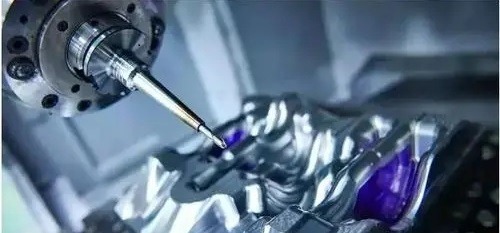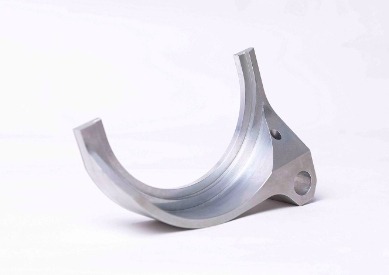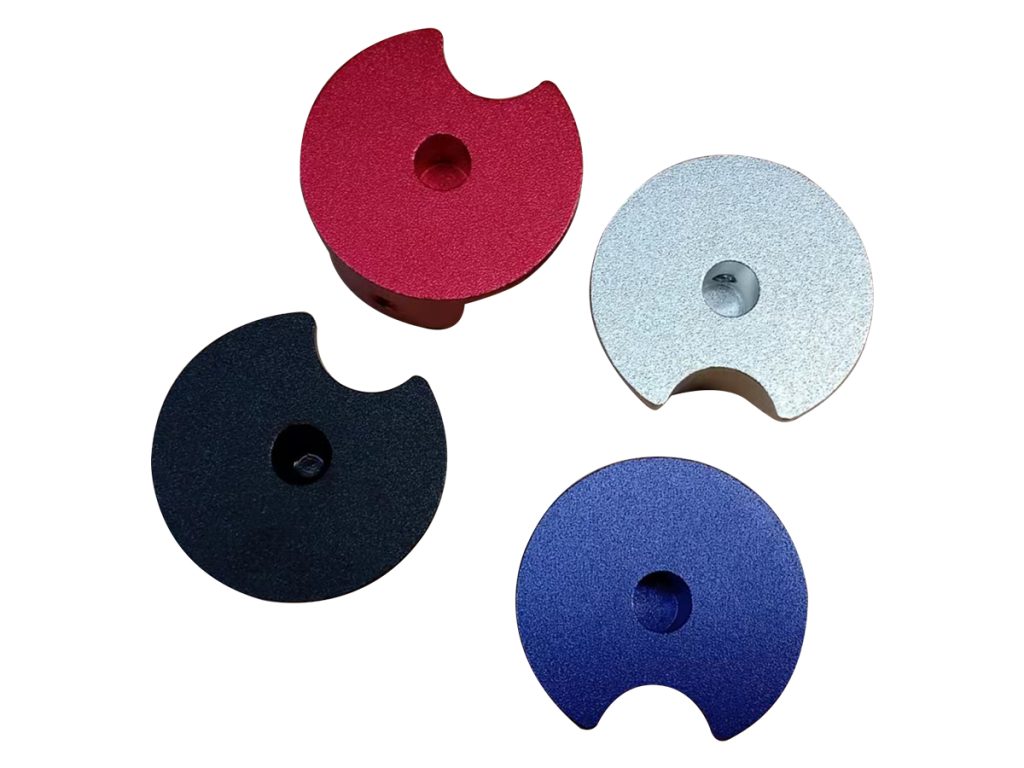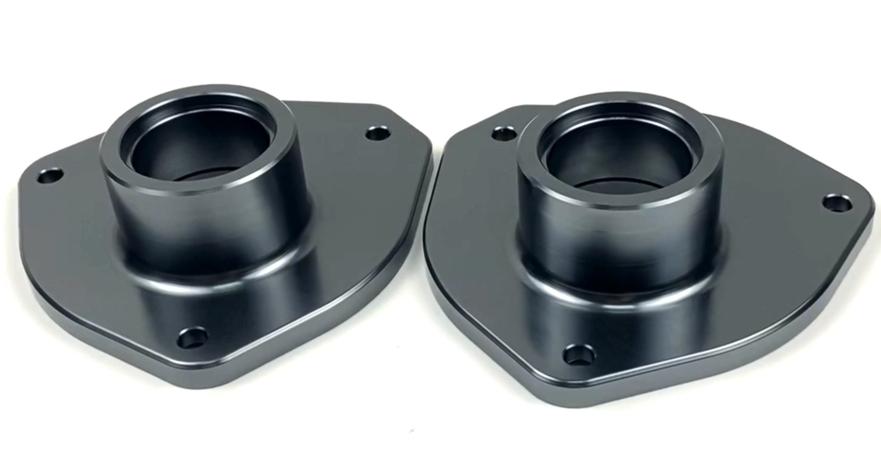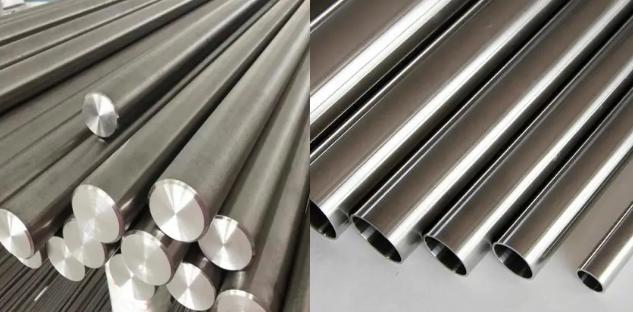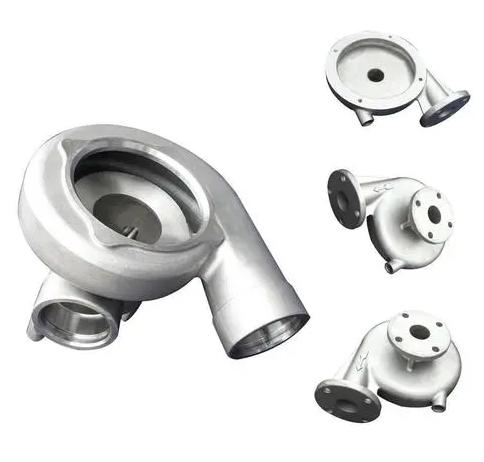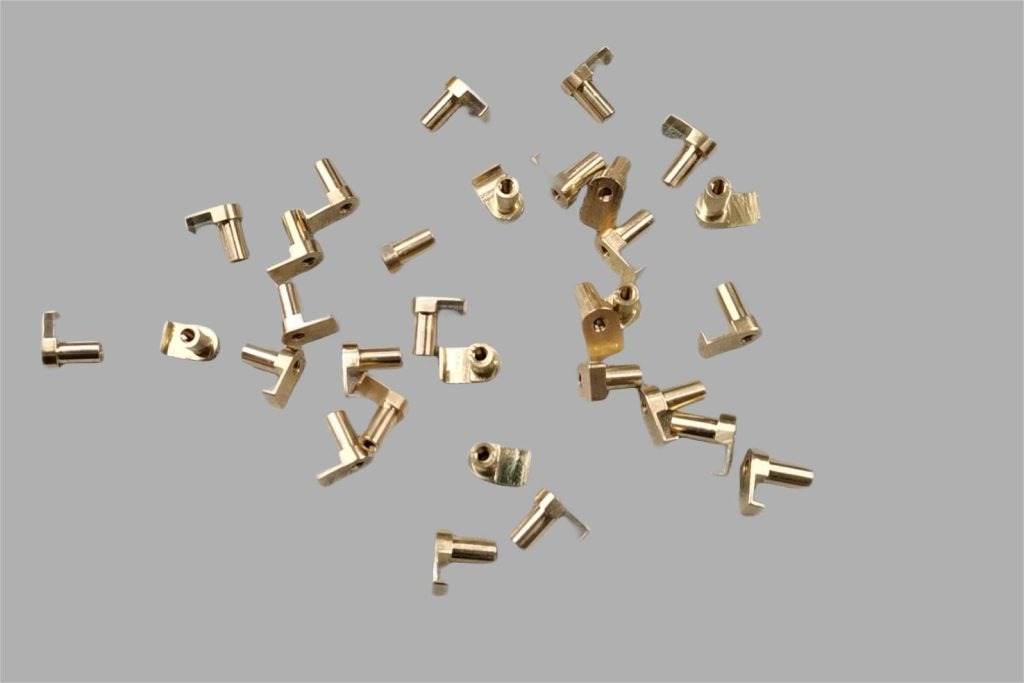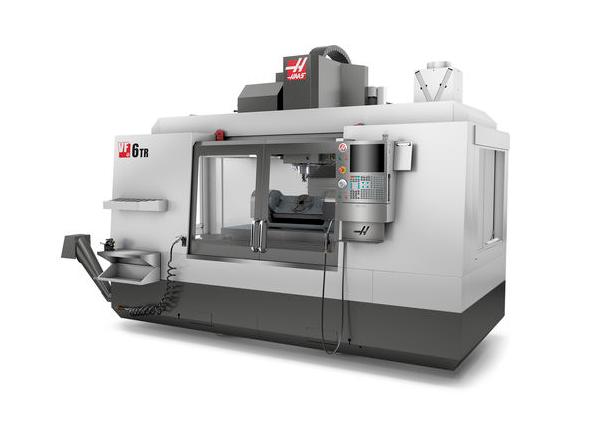The world of CNC machining is all about precision. From complex medical components to high-performance aerospace parts, achieving the required dimensional accuracy is critical. However, precision comes at a cost, and manufacturers must strike the right balance between tolerance requirements and cost-effectiveness. CNC machining manufacturer JTR explains the factors that influence CNC machining tolerances, the cost implications of tighter tolerances, and the complex relationship between surface finish and dimensional specifications. Understanding these factors enables manufacturers to improve their machining processes, ensure part quality, and strike a delicate balance between precision and cost.
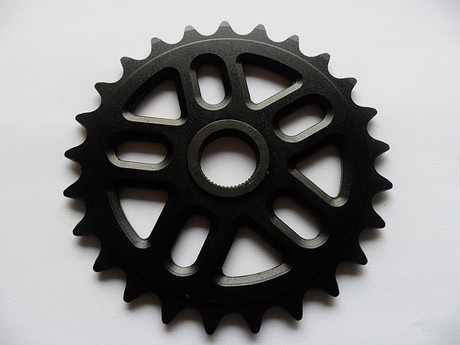
What Factors Affect CNC Machining Tolerances?
Several factors influence achievable tolerance levels, and understanding them is critical for selecting the best machining methods and processes. Here’s a comprehensive breakdown of the key factors that influence CNC machining tolerances:
| Factor | Description | Impact on Tolerance |
| Part Design | The complexity of the part design, such as intricate features, tight tolerances, and thin walls, can have a significant impact on the level of accuracy achieved. | Complex designs with tight tolerances and thin walls are more difficult to machine accurately, resulting in larger tolerances. |
| Material Properties | The material being machined, including its hardness, ductility, and machinability, has an impact on cutting forces, tool wear, and overall machining precision. | Harder materials, less ductile materials, and materials with low machinability can cause tool wear and deflection, reducing tolerance. |
| Machine Tool Capabilities | The CNC machine’s accuracy and rigidity, as well as its spindle speed, feed rates, and toolpath control precision, all have a significant impact on the tolerances achievable. | Higher-precision machines with rigid construction, precise control systems, and optimal cutting parameters allow for tighter tolerances. |
| Cutting Tool Selection | The type of cutting tool, its material, geometry, sharpness, and surface finish all play an important role in achieving the desired precision. | Sharper tools with appropriate geometry and surface finish reduce tool deflection and produce cleaner cuts, which improves tolerance. |
| Machining Process Parameters | Cutting parameters such as spindle speed, feed rate, depth of cut, and coolant application affect tool wear, chip formation, and overall machining accuracy. | Optimized cutting parameters reduce tool wear, and heat generation, and produce smoother finishes, thereby improving tolerance. |
| Environmental Conditions | Variations in temperature, vibrations, and dust in the machining environment can all have an impact on machine tool stability and cutting tool performance. | A controlled environment with minimal temperature fluctuations, vibrations, and dust reduces tool deflection while increasing tolerance. |
| Quality Control Procedures | In-process and final inspection techniques, such as dimensional measurements, surface finish inspection, and non-destructive testing, ensure that specified tolerances are met. | Rigorous quality control procedures identify and correct any deviations from the specified tolerances, ensuring that parts meet the required precision. |
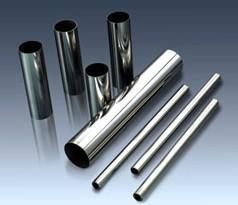
What Are the Cost Implications of Tighter Tolerances in CNC Machining?
Tighter tolerances in CNC machining result in higher-quality parts with greater precision and functionality. However, achieving these tighter tolerances comes with a cost. Here’s a detailed breakdown of the factors that contribute to the higher cost of tighter tolerances.
Implication 1: Increased Processing Time
- Slower Cutting Speeds and Feed Rates: To reduce tool deflection and ensure precise machining, tighter tolerances often necessitate slower cutting speeds and feed rates. This translates into longer machining times, which directly affects production costs.
- More Passes and Additional Machining Steps: Obtaining very tight tolerances may necessitate several machining passes to gradually remove material and achieve the desired dimensions. Furthermore, secondary machining processes such as grinding, polishing, or honing may be required to achieve the precise surface finish demanded by the tighter tolerance. Both scenarios result in significant increases in overall machining time and labor costs.
Implication 2: Special Tools and Techniques
- High-Precision Cutting Tools: Tighter tolerances frequently necessitate the use of specialized cutting tools with sharper geometries, higher-quality materials, and improved coatings to reduce wear and preserve cutting-edge integrity. High-precision tools are more expensive than standard tools.
- Advanced Fixturing and Workholding: Specialized fixturing and workholding techniques may be required to ensure consistent part positioning and reduce vibration during machining, particularly for tight tolerances. Designing and implementing such configurations necessitates additional engineering expertise and may raise overall production costs.
Implication 3: Quality Control and Inspection
- More Rigorous Inspection Procedures: To ensure compliance with tighter tolerances, more stringent inspection procedures are required. This could include the use of specialized measuring equipment, advanced coordinate measuring machines (CMMs), or non-destructive testing methods. The cost of these inspections, as well as the time required, increase overall manufacturing costs.
- Increased Scrap Rate: Tighter tolerances demand higher precision, which can result in a higher rejection rate of parts that do not meet specifications. This scrap material represents a waste of resources as well as the additional machining time required to manufacture replacements.
Additional Considerations
- Machine Tool Capabilities: Not all CNC machines are created equally. Obtaining extremely tight tolerances may necessitate high-precision CNC machines with advanced control systems and superior rigidity. Using such machines often requires a larger initial investment and potentially higher maintenance costs.
- Complexity of Part Design: Tighter tolerances can have an even greater cost impact due to the complexity of the part design. Parts with intricate features, tight corners, or thin walls are more difficult to machine precisely, resulting in higher production costs when aiming for extremely tight tolerances.
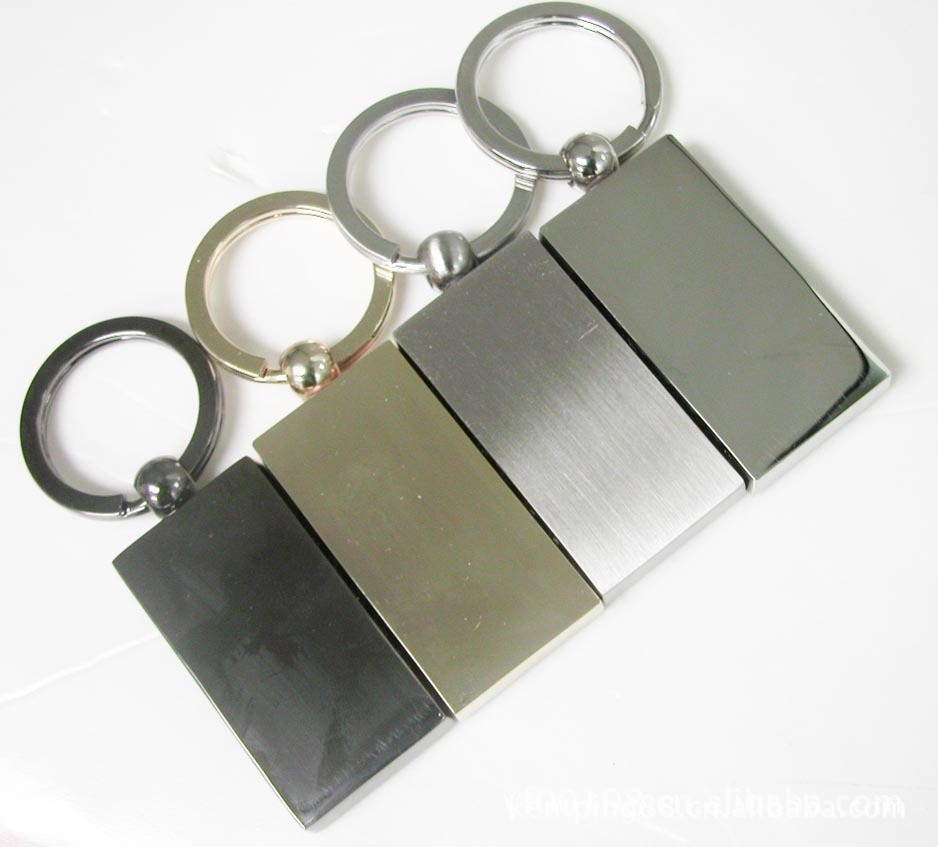
How Do Surface Finish Requirements Interact with Tolerance Specifications in CNC Machining?
Surface finish requirements and tolerance specifications are inextricably linked in CNC machining. Both factors influence the part’s final quality and functionality, and achieving one may have an impact on the other. Here’s a breakdown of the interaction:
Impact of Surface Finish on Tolerances
- Rougher Surface Finish: A rougher surface finish can impair the ability to accurately measure part dimensions. A rough surface’s peaks and valleys make it difficult to determine the exact location of the material, potentially resulting in inaccurate measurements and difficulty meeting tight tolerances.
- Deformation: Machining processes can result in minor material deformation, particularly during finishing operations. A rougher starting surface may necessitate more aggressive finishing techniques to achieve the desired smoothness, potentially causing dimensional deviations and exceeding tolerance limits.
- Geometric Tolerances: Surface texture influences how a part interacts with other components. For example, a rougher surface finish may prevent proper sealing or smooth sliding contact, even if the overall dimensions are within tolerance.
Impact of Tolerances on Surface Finish:
- Tighter Tolerances: Obtaining very tight tolerances frequently requires multiple machining passes with finer cutting tools. While this increases dimensional accuracy, it also produces a smoother surface finish than using a single, larger cutting tool.
- Limited Finishing Options: Extremely tight tolerances may leave little material allowance for post-machining finishing techniques such as polishing or grinding. This may limit the ability to achieve the desired surface smoothness, which could affect part performance.
Strategies for Balancing Surface Finish and Tolerances:
- Specify Both Independently: Surface finish requirements and dimensional tolerances should be clearly defined on part drawings. This provides clarity to the machinist and eliminates ambiguity between the two specifications.
- Prioritize Based on Function: Determine whether dimensional accuracy or surface smoothness is more important for part functionality. Based on the results of this evaluation, prioritize the tighter specification.
- Tolerance Stack-up Analysis: Consider how tolerances on the part’s features can affect the final surface profile. This analysis determines whether achieving both the desired surface finish and tolerances is possible.
- Advanced Finishing Techniques: Advanced finishing techniques, such as lapping, honing, or electrochemical machining, can provide tight tolerances and a smooth surface finish. These techniques can achieve high levels of precision while also improving surface smoothness.
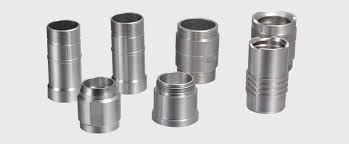
Conclusion
CNC machining can produce parts that meet both functional and budgetary requirements with meticulous planning, tolerance analysis, and collaboration among designers, engineers, and machinists. Precision is valuable, but achieving it within a cost-effective framework is critical to realizing CNC machining’s full potential in today’s competitive manufacturing landscape. If you are looking for CNC machining in China, JTR as a professional CNC manufacturer is a good choice. We will give you a first-class CNC machining service.


